Gisbert Stoyan - Elementary Numerical Mathematics for Programmers and Engineers
Here you can read online Gisbert Stoyan - Elementary Numerical Mathematics for Programmers and Engineers full text of the book (entire story) in english for free. Download pdf and epub, get meaning, cover and reviews about this ebook. year: 2016, publisher: Birkhäuser, genre: Children. Description of the work, (preface) as well as reviews are available. Best literature library LitArk.com created for fans of good reading and offers a wide selection of genres:
Romance novel
Science fiction
Adventure
Detective
Science
History
Home and family
Prose
Art
Politics
Computer
Non-fiction
Religion
Business
Children
Humor
Choose a favorite category and find really read worthwhile books. Enjoy immersion in the world of imagination, feel the emotions of the characters or learn something new for yourself, make an fascinating discovery.
- Book:Elementary Numerical Mathematics for Programmers and Engineers
- Author:
- Publisher:Birkhäuser
- Genre:
- Year:2016
- Rating:3 / 5
- Favourites:Add to favourites
- Your mark:
Elementary Numerical Mathematics for Programmers and Engineers: summary, description and annotation
We offer to read an annotation, description, summary or preface (depends on what the author of the book "Elementary Numerical Mathematics for Programmers and Engineers" wrote himself). If you haven't found the necessary information about the book — write in the comments, we will try to find it.
This book covers the basics of numerical methods, while avoiding the definition-theorem-proof style and instead focusing on numerical examples and simple pseudo-codes.
The book is divided into ten chapters. Starting with floating number calculations and continuing up to ordinary differential equations, including Euler backwards. The final chapter discusses practical error estimations. Exercises (including several in MATLAB) are provided at the end of each chapter. Suitable for readers with minimal mathematical knowledge, the book not only offers an elementary introduction to numerical mathematics for programmers and engineers but also provides supporting material for students and teachers of mathematics.
Gisbert Stoyan: author's other books
Who wrote Elementary Numerical Mathematics for Programmers and Engineers? Find out the surname, the name of the author of the book and a list of all author's works by series.

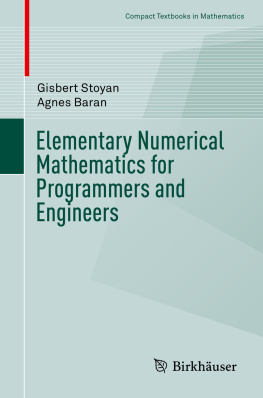


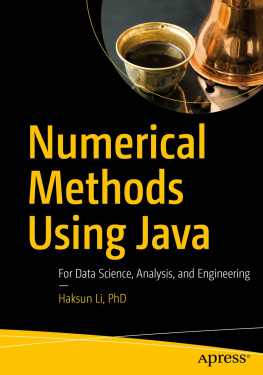
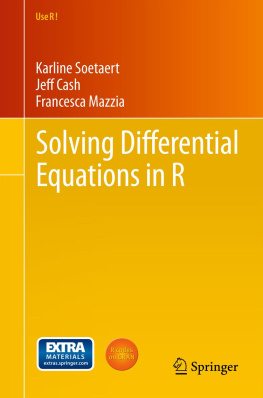
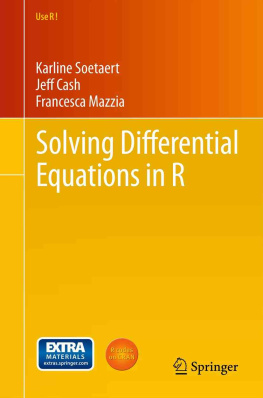

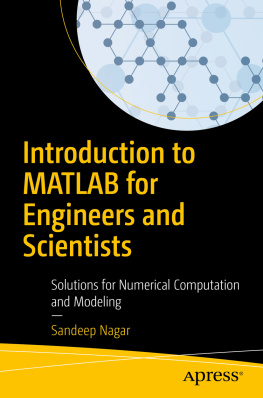
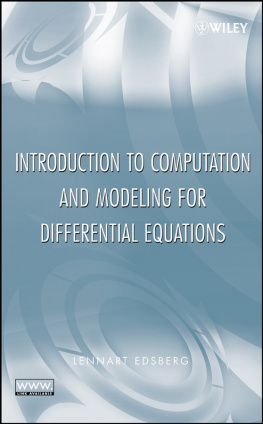







 , and its sign is usually +.
, and its sign is usually +.


 ,
, 
 . (Here we disregard the fact that on a computer denormalized nonzero numbers can also be used, but to ensure the uniqueness of the representation only in the case k = k (). Practically, this means that then the formula for
. (Here we disregard the fact that on a computer denormalized nonzero numbers can also be used, but to ensure the uniqueness of the representation only in the case k = k (). Practically, this means that then the formula for  changes to
changes to  .)
.)
 appears as a huge gap if we represent the floating point numbers on the real axis (see Fig..) since the positive floating point number nearest to
appears as a huge gap if we represent the floating point numbers on the real axis (see Fig..) since the positive floating point number nearest to  is
is 